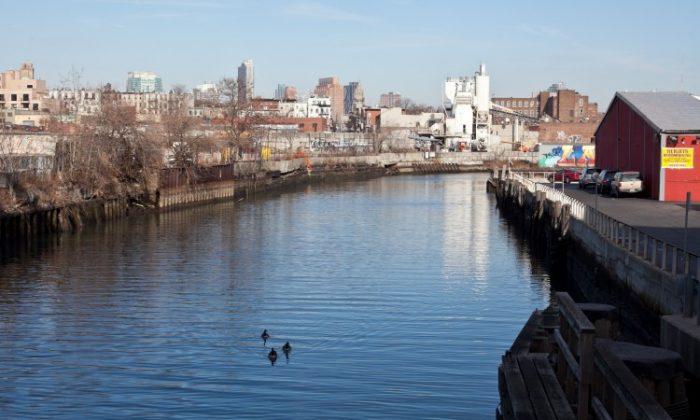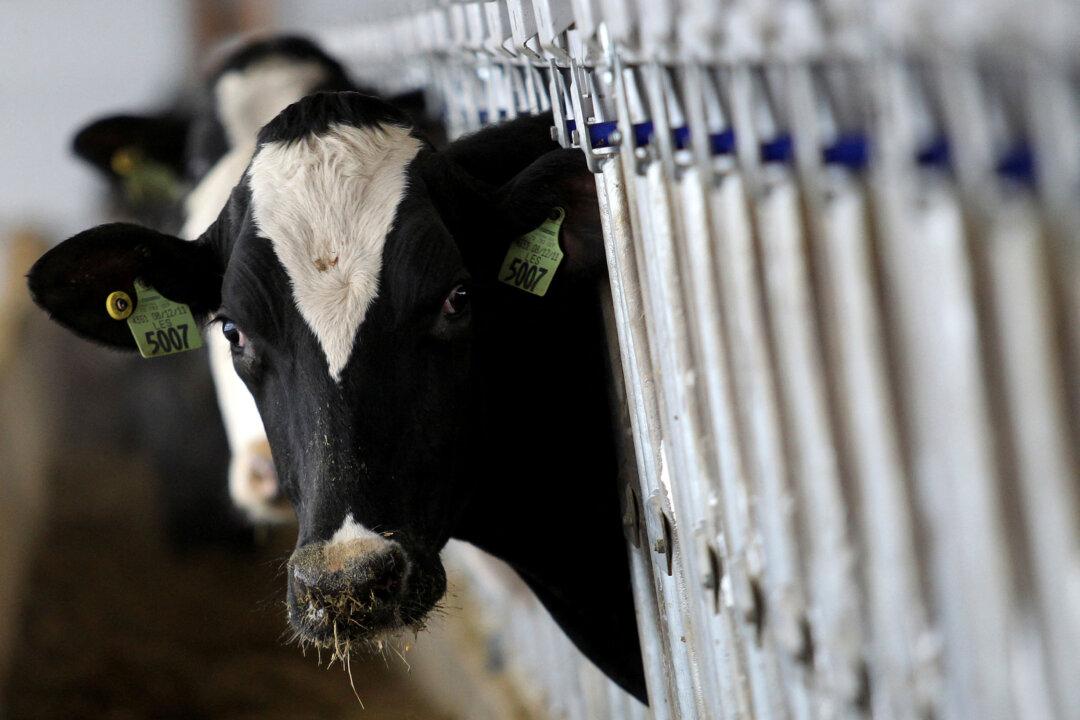NEW YORK—Liquid tar with the viscosity of motor oil is only one of a host of chemicals that contaminate the Gowanus Canal.
Contamination leaches into the canal from a range of sources, such as open sewage pipes, and former manufactured gas plants. Floating dead fish and piles of trash are commonly seen. The depth of this contamination is more than 100 feet in some places, far too deep to reach.
The United States Environmental Protection Agency (EPA) recently published a Feasibility Study Draft, which explores options to clean up the canal.
On Jan. 24, they presented their findings to the residents who live near the canal.
The Feasibility Study Draft was completed two to three times faster than usual because of one man, said Mugdan—Christos Tsiamis, a remedial project manager for EPA Region 2.
Tsiamis and Patty White of contractor CH2MHILL, explained to the crowd gathered in Brooklyn’s Carroll School auditorium how cleaning up the canal will work.
Essentially, the seven options, other than the legally mandated “no action,” require dredging, which means damming the water temporarily and digging up the ground. The questions are how deep to dredge and how many layers are needed to cap the canal bottom.
“Basically what you do is create an impermeable barrier so that the NAPL cannot go up into the canal,” said Tsiamis. NAPLs, or non-aqueous phase liquids, are oily substances that don’t dissolve in water.
“A lot of that is coal tar from the three former manufactured gas plants, or MGPs, that are located along the canal,” said White.
Purifying the canal involves sediment on the canal bottom, which is in three layers: native, or lightish colored marsh sediment that dates back to before the canal was constructed in 1869, soft, or sediment on average 10 feet thick that has accumulated since 1869, and surface, or the top 6 inches of the soft sediment.
The two options that will be studied in detail require dredging all soft sediment at the bottom of the canal. The next step is laying down protection at the bottom to prevent contamination. Three layers would cap the canal bottom, forming an impermeable barrier. On the bottom, organoclay or organically modified clays, which remove oil from water and form a treatment layer. The second layer, or isolation layer, is a sand and gravel mix. The top layer, a foot to a foot and a half of gravel, would hold the bottom two layers down and form the armor layer.











